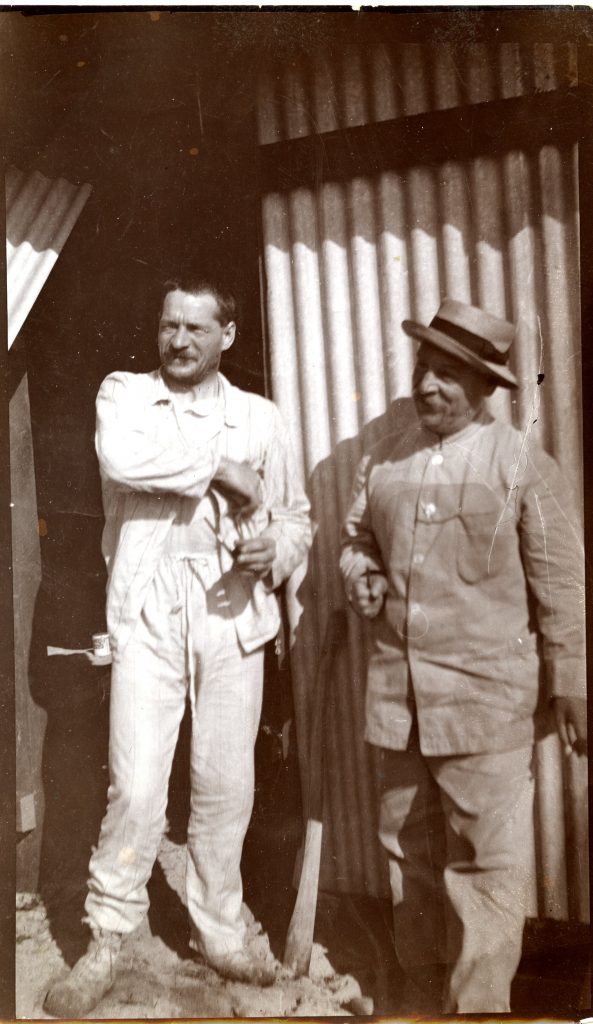
When I was contacted by Dr Bill Lynch in August 2018 with a query about a former RBGE gardener called David R. Tait and his work for Sir John Murray on Christmas Island in the early 1900s, I wasn’t sure I’d be able to help – the name was not familiar to me at all! It didn’t take long, however, to discover that David Reid Tait came to RBGE in 1904 to work as a probationer gardener – these were positions usually taken by men who had experience working in gardens, but wanted to complete a course of formal training to increase their chances of climbing the career ladder – they were usually at RBGE for three years.
The probationer gardener records at RBGE are good, with each man having an entry in a register providing more information about them – David Reid Tait was born in August 1878 in Downie Muir, Monikie near Dundee, and had considerable experience working in gardens in and around Broughty Ferry, where he eventually established himself; three years for A.B. Gilroy at the massive mansion of Castleroy in Broughty Ferry, a year in Lochee working for the Cox family, nine months at Reres Mount in Broughty Ferry working for A.J. Buist, two years at Portmore in Eddleston near Peebles for John Somerville and three years working for John Crichton, a ‘Nurseryman, Florist, Landscape and Practical’ gardener in Broughty Ferry – he must have started working at 16 years of age.
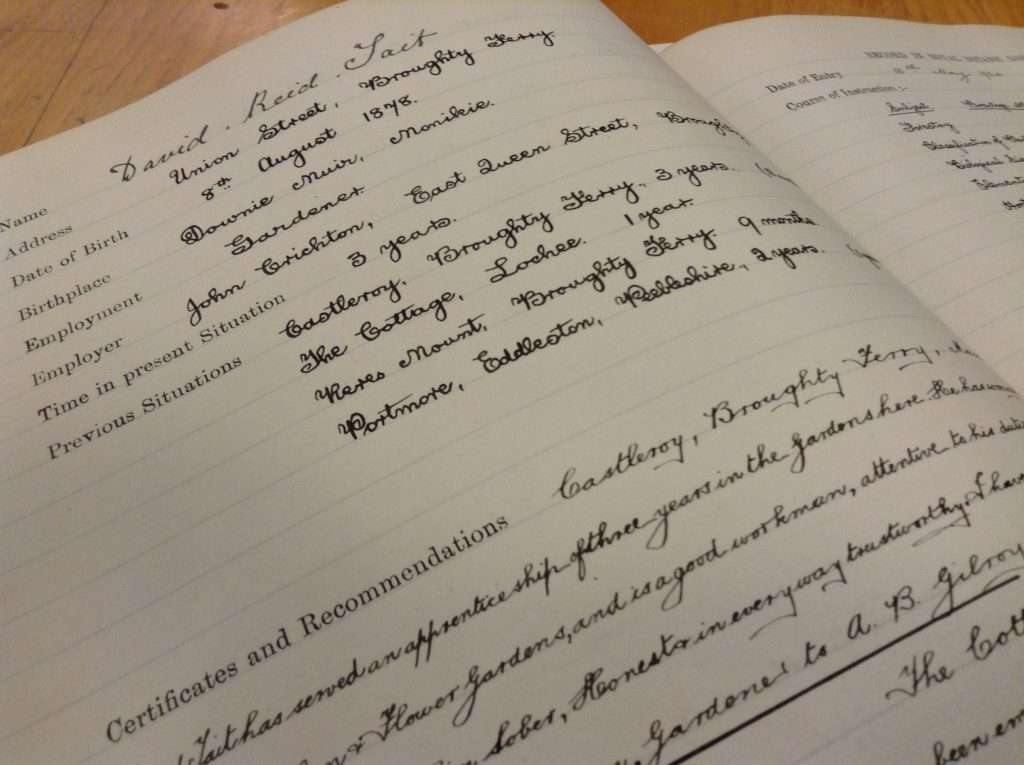
Whilst at RBGE, Tait sat exams in forestry, plant classification, botany, horticulture, surveying and meteorology and received good marks – he left the course after two years and before he was able to sit his exams in chemistry and physics as he’d been recommended for and successfully accepted to join prominent oceanographer Sir John Murray’s Christmas Island Phosphate Company – Murray needed a trustworthy horticulturist to travel to Christmas Island in the Indian Ocean to bolster the work he was doing there extracting phosphate, by carrying out horticultural improvements on the island allowing the population on the island to better support itself. Cash crops such as rubber and cotton were also grown there.
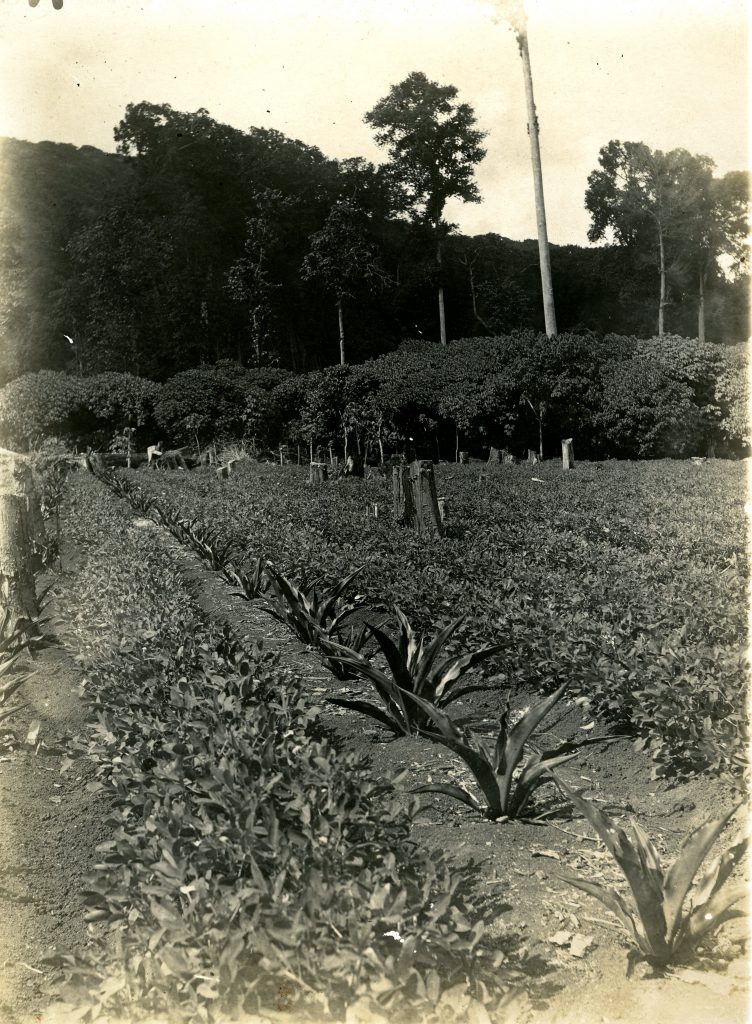
It’s noted in the Probationer Gardener Register that Tait left RBGE in April of 1906 to begin work on Christmas Island. At this point the trail runs cold in the RBGE Archives, with very little information on what happened next. This has all changed now as Dr Lynch, the enquirer asking what we knew about Tait is a friend of Tait’s daughter Vivian, and she was looking for somewhere for her father’s papers to go. I was delighted to accept them on behalf of RBGE, and so in October of this year, I travelled to Broughty Ferry to meet with Vivian, this meeting being covered by the local newspaper! (click here to read)
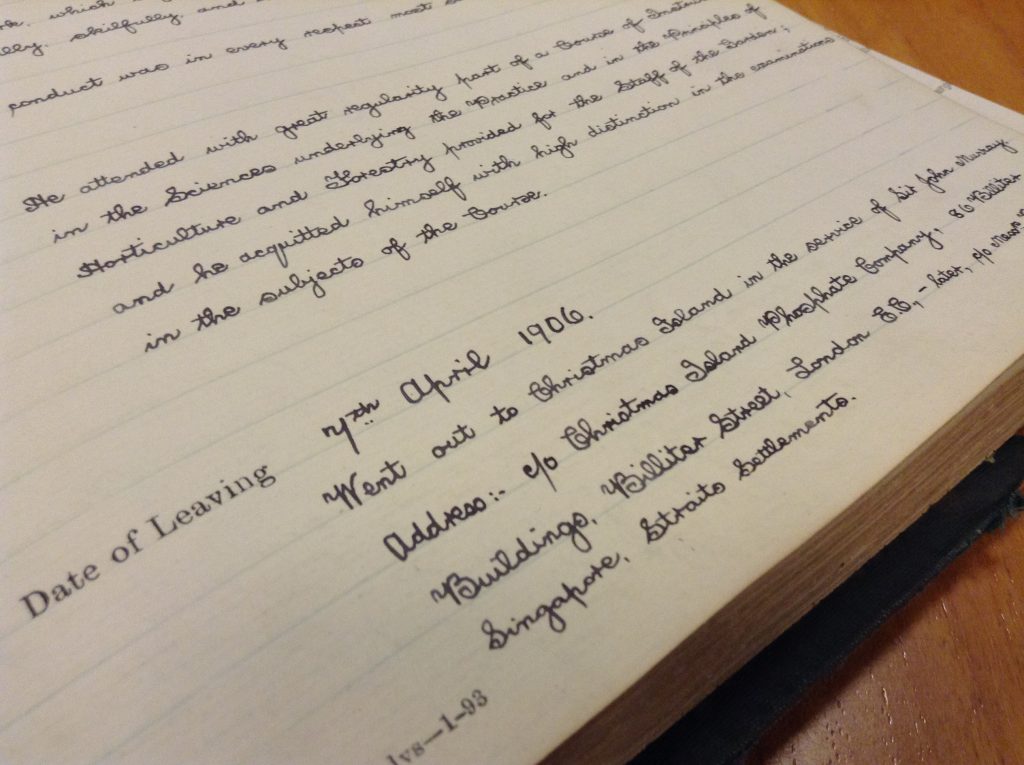
Thanks to Dr Lynch and Vivian Tait, we now know so much more about what David Reid Tait did after he left RBGE, starting with him spending around five years on Christmas Island thanks to photographs and reports in the collection.
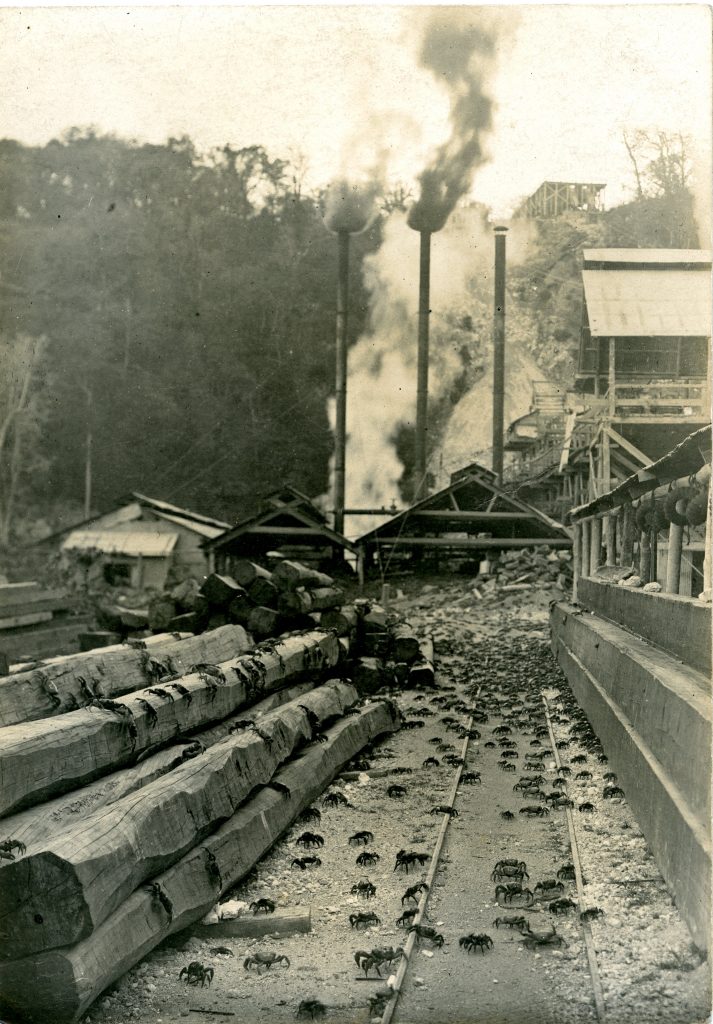
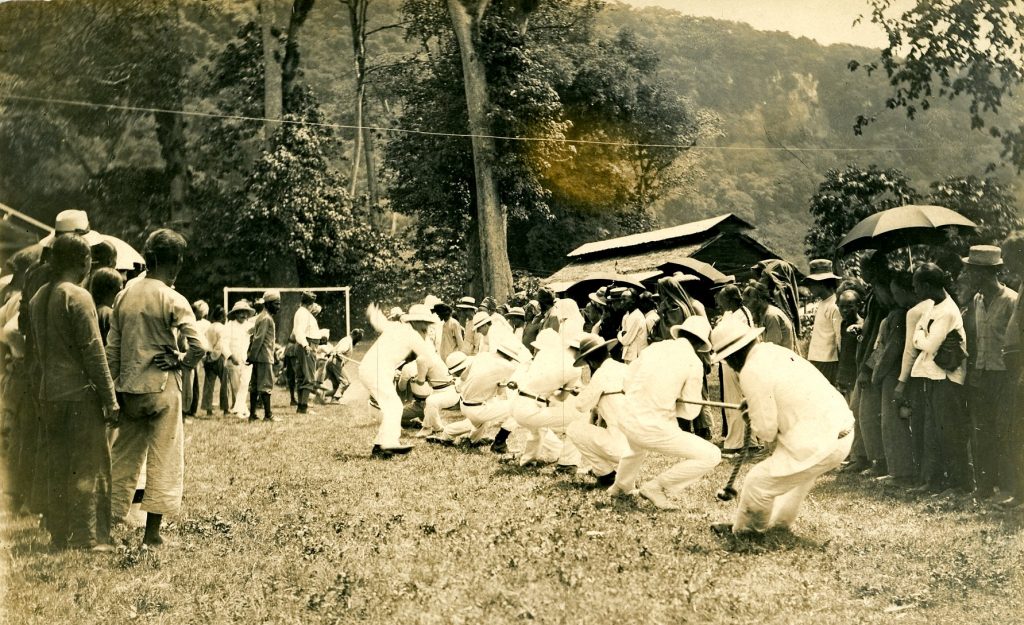
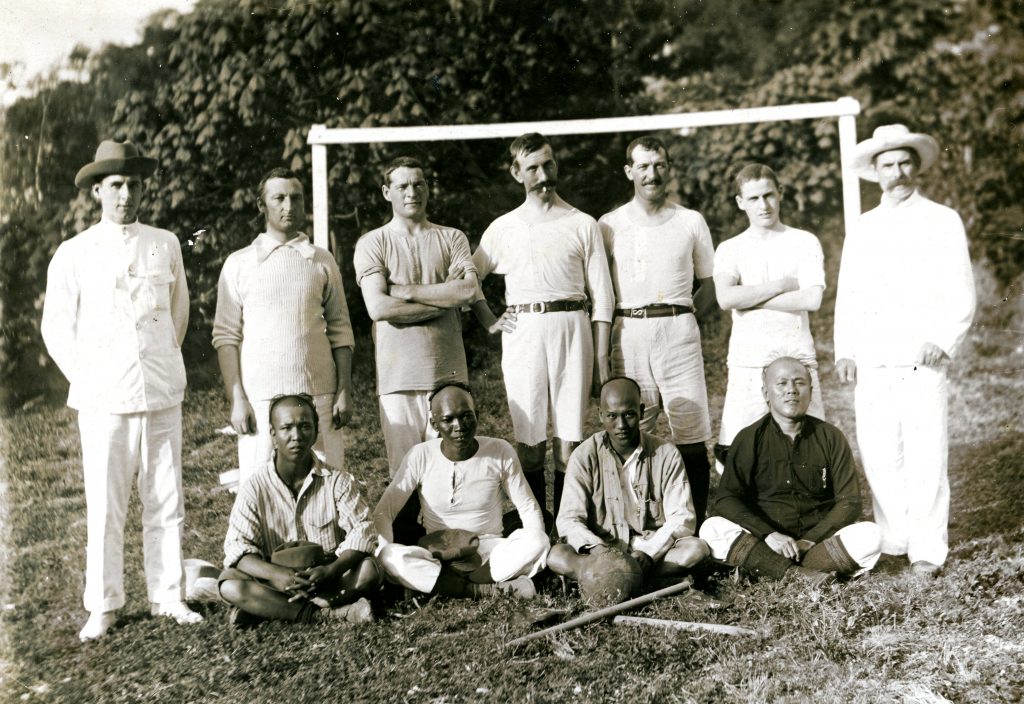
After working on Christmas Island, Tait was sent by Murray to survey Henderson Island in the Pacific Ocean with a view to furthering his phosphate mining business. Tait found that there wasn’t enough phosphate on Henderson Island to warrant this, but was able to make a collection of animals for the British Museum, and plants for RBGE, most of which are still stored in our Herbarium (see Tait’s specimens here). Tait’s Henderson Island report makes fascinating reading, and I was most interested in the fact that he found human skeletons on the island, in two separate caves – apparently the survivors of at least two shipwrecks – Tait left shelters and supplies on the island so that any future castaways may be better equipped than the unfortunate souls he found.
Tait had returned home from his adventures by 1914, at which point he bought a pub in Dundee, and served during the First World War.
I’ll update this page as work on the collection continues…
The Christmas Island photographs were taken by D.R. Tait, and all photographs are the property of RBGE and not to be used without permission.
